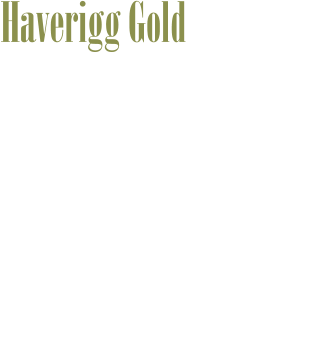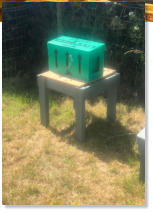

© copyright Bob Steele 2022
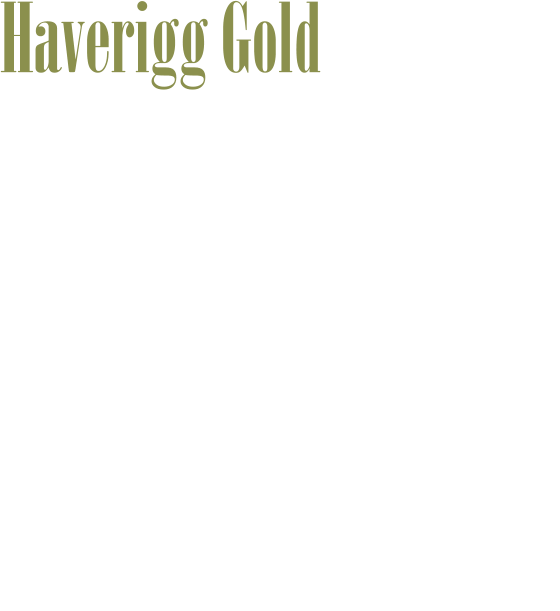


News
August 2022
Apiary expansion: its been some year so far, some ups and some downs. We started the spring with a single hive in the apiary, at the first inspection we realised the bees had not only survived the winter months but the had thrived and the box was full of bees. We decided to try a split by putting the Queen and some frames of brood, egg and stores (food) into a nucleus box and leave the bees in the hive to start producing new Queen cells and hopefully a new queen. Things were settled for a couple of weeks, then in early May at a routine inspection we found a Swarm adjacent to our apiary, so started to collect it in a Nucleus box. As the process of collecting this swarm was nearly complete I noticed more bees about 20m away flying around a gorse bush. Yes a second swarm within a few minutes and Metres. Had to find another suitable home for them. So we now have 4 boxes with colonies of bees in them. Had to buy more hives. Things were again going reasonably well, with the exception that we lost a couple of queens, one minute they were all laying eggs daily as expected then a week later we could not find any signs of a queen in some of the hives. Left the bees to produce new queens. We also took the opportunity to remove some spring honey (our first harvest) from the original overwintered hive. This produced about 18lb of honey which we mainly gave away to family and close friends. So, four hives doing ok up and throughout June. Then in the first week of July my son came home from dropping his friend off at home having driven through a swarm on a local housing estate. Intrigued, we took the car with our beekeeping gear and a box, just in case we could attempt a swarm capture. On arrival, two minutes from our house. The air was full of bees and we then found the main cluster at floor level in a shrub adjacent to the road. So we started the process of giving the bees a dark space to go into and they obliged. While sat watching the bees migrate into the box, a local gentleman asked what we were doing. We explained and he asked us to have a look a something on his drive a mere 50 m away. Wow, another swarm, so we had to find another box to collect these, we placed the box on top of the gate stoop where a few bees were clustered, they immediately started to enter and signal to the rest of the swarm that they had found a home. My son spotted the Queen so we caught her and marked her before releasing her back into the swarm in the box. We now had six boxes with bees in although one of these new swarms absconded the very next morning. Two weeks later while working in my garden I heard a lot of bees above my head, looking up there was a swarm in flight but hanging around my workshop. I checked the Swarm box on my wood store and these bees were making this box their new home. We closed the apiary in October ready for the winter, 5 hives that looked in good condition and a queen-less Nuc colony. Hopefully some of these will survive the winter and be productive in 2023.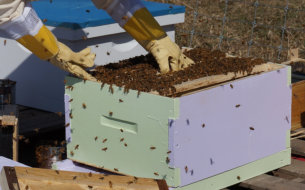
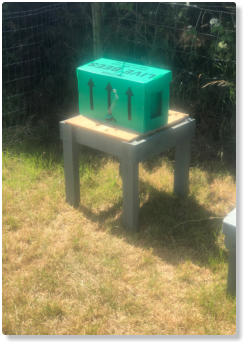


© Bob Steele 2022

News
August 2022
Apiary expansion: its been some year so far, some ups and some downs. We started the spring with a single hive in the apiary, at the first inspection we realised the bees had not only survived the winter months but the had thrived and the box was full of bees. We decided to try a split by putting the Queen and some frames of brood, egg and stores (food) into a nucleus box and leave the bees in the hive to start producing new Queen cells and hopefully a new queen. Things were settled for a couple of weeks, then in early May at a routine inspection we found a Swarm adjacent to our apiary, so started to collect it in a Nucleus box. As the process of collecting this swarm was nearly complete I noticed more bees about 20m away flying around a gorse bush. Yes a second swarm within a few minutes and Metres. Had to find another suitable home for them. So we now have 4 boxes with colonies of bees in them. Had to buy more hives. Things were again going reasonably well, with the exception that we lost a couple of queens, one minute they were all laying eggs daily as expected then a week later we could not find any signs of a queen in some of the hives. Left the bees to produce new queens. We also took the opportunity to remove some spring honey (our first harvest) from the original overwintered hive. This produced about 18lb of honey which we mainly gave away to family and close friends. So, four hives doing ok up and throughout June. Then in the first week of July my son came home from dropping his friend off at home having driven through a swarm on a local housing estate. Intrigued, we took the car with our beekeeping gear and a box, just in case we could attempt a swarm capture. On arrival, two minutes from our house. The air was full of bees and we then found the main cluster at floor level in a shrub adjacent to the road. So we started the process of giving the bees a dark space to go into and they obliged. While sat watching the bees migrate into the box, a local gentleman asked what we were doing. We explained and he asked us to have a look a something on his drive a mere 50 m away. Wow, another swarm, so we had to find another box to collect these, we placed the box on top of the gate stoop where a few bees were clustered, they immediately started to enter and signal to the rest of the swarm that they had found a home. My son spotted the Queen so we caught her and marked her before releasing her back into the swarm in the box. We now had six boxes with bees in although one of these new swarms absconded the very next morning. Two weeks later while working in my garden I heard a lot of bees above my head, looking up there was a swarm in flight but hanging around my workshop. I checked the Swarm box on my wood store and these bees were making this box their new home. We closed the apiary in October ready for the winter, 5 hives that looked in good condition and a queen-less Nuc colony. Hopefully some of these will survive the winter and be productive in 2023.
